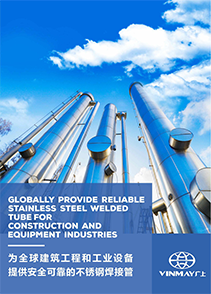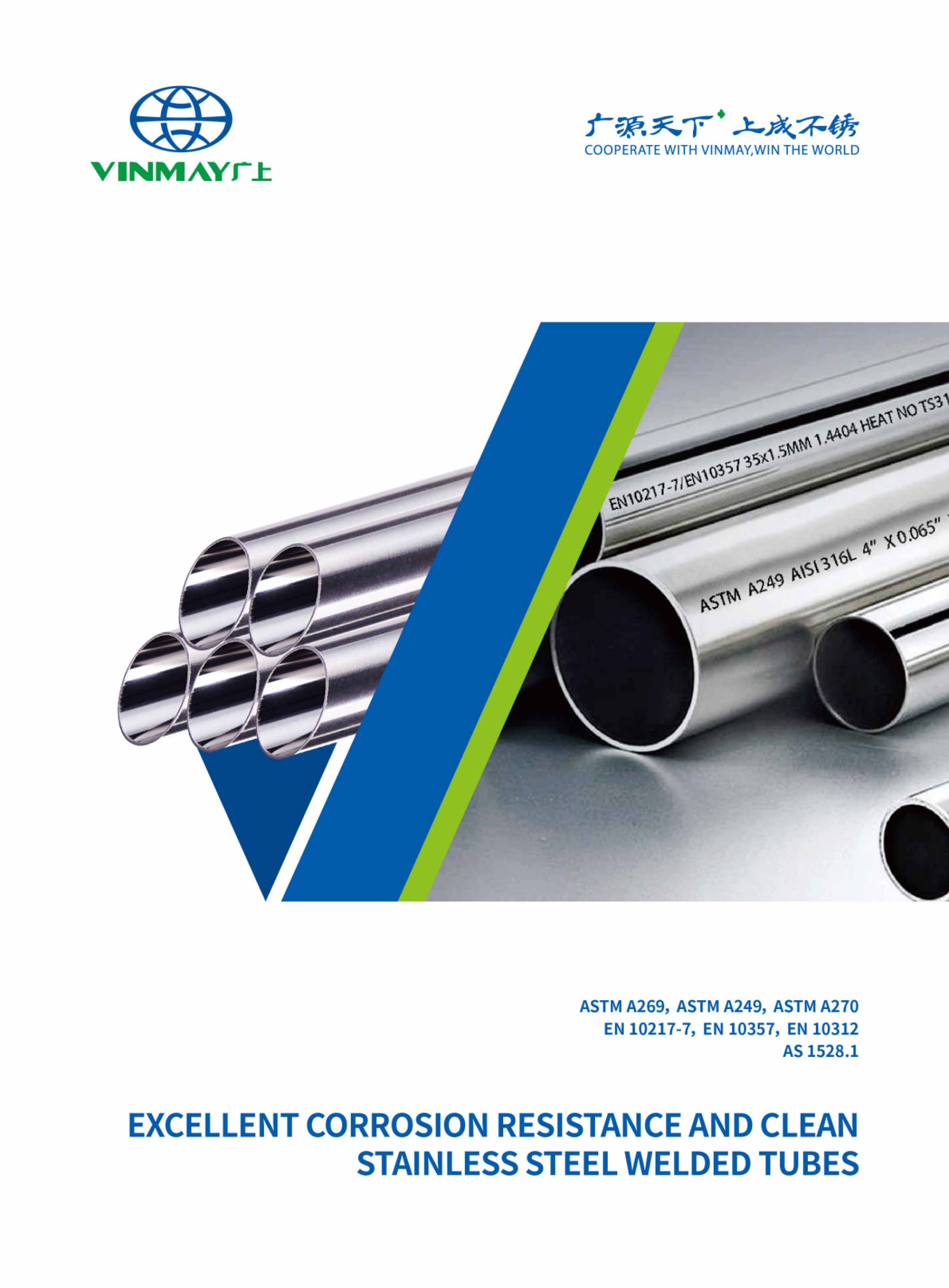When it comes to supplying clean, safe drinking water to homes, commercial buildings, or industrial facilities, the choice of piping material is more important than many people realize. One question that often comes up among homeowners, builders, and engineers alike is: Is stainless steel pipe safe for drinking water?
The answer is reassuringly simple: yes, stainless steel pipes are widely regarded as one of the safest and most reliable options for drinking water systems. Thanks to their excellent corrosion resistance, durability, and non-toxic composition, stainless steel pipes help protect water quality from the source all the way to your tap.
In this article, we’ll explore why stainless steel is considered safe for drinking water, which grades are best suited for potable applications, and the key benefits that make stainless steel pipes a smart, long-term investment, whether you’re planning a residential plumbing upgrade or a large-scale water distribution project.
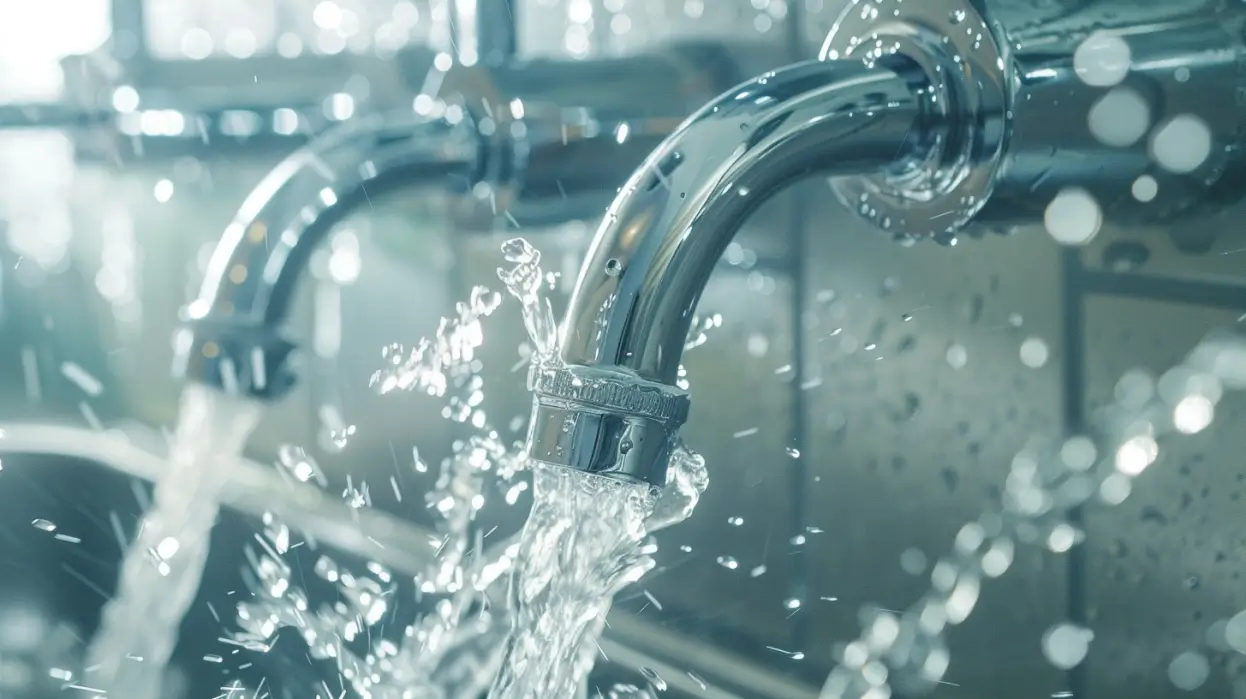
Choosing the right pipe material isn’t just about cost or ease of installation — it directly affects the quality and safety of the water you drink every day. Pipes are in constant contact with water, and over time, unsuitable materials can corrode, leach harmful substances, or develop bacterial buildup, which can compromise health and safety.
Common alternatives like copper, galvanized steel, and various plastics (such as PVC or PEX) each come with their own set of challenges. For instance:
That’s why many professionals and regulatory standards focus on pipe materials that remain stable, non-reactive, and resistant to corrosion under a range of water conditions, and stainless steel stands out as a top performer in this regard.
| Feature | Stainless Steel Pipes | Copper Pipes | PVC Pipes |
|---|---|---|---|
| Safety for Drinking Water | Excellent — non-toxic, corrosion-resistant, doesn’t leach chemicals | Good — can leach copper in acidic water | Good — generally safe but may leach plasticizers if low quality |
| Corrosion Resistance | Very high — resists rust, pitting, and scaling | Moderate — can corrode in certain water chemistries | High — resistant to most chemicals but vulnerable to UV damage |
| Durability / Lifespan | 50+ years with proper installation | 20-50 years, may need replacement in harsh conditions | 25-40 years, can become brittle over time |
| Maintenance | Low — smooth surface resists biofilm and buildup | Moderate — may require corrosion control | Low — but joints can leak if not properly installed |
| Temperature Resistance | Excellent — suitable for hot and cold water | Good — can handle hot water but may oxidize | Limited — not recommended for very hot water |
| Environmental Impact | Fully recyclable and sustainable | Recyclable, but mining impacts | Not biodegradable, limited recyclability |
| Cost | Higher upfront cost | Moderate | Lowest upfront cost |
The short answer is: yes — stainless steel pipe is safe for drinking water, and it’s trusted worldwide for precisely this purpose.
Stainless steel is an alloy primarily made of iron, chromium, and small amounts of other metals like nickel and molybdenum. What makes it particularly suitable for potable water systems is its natural ability to resist corrosion. When exposed to oxygen, stainless steel forms a thin, invisible layer of chromium oxide on its surface. This layer protects the pipe from rust and prevents contaminants from leaching into the water.
Here’s why stainless steel is considered one of the safest materials for drinking water:
Because of these qualities, stainless steel pipes are commonly used not only in residential plumbing but also in hospitals, food processing plants, and municipal water systems — wherever water safety is critical.
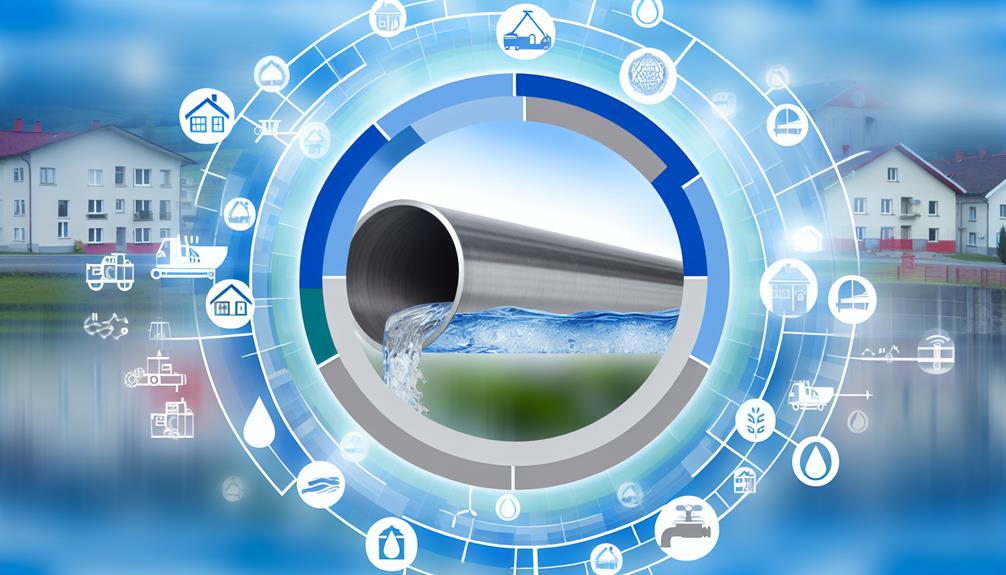
Not all stainless steels are exactly the same, and choosing the right grade is key to ensuring your water system remains safe, clean, and long-lasting.
The two most common types used for drinking water applications are:
Both 304 and 316 stainless steels are considered safe for drinking water, as they meet international standards and have a proven record of use around the world. However, selecting between them depends on factors like local water chemistry, budget, and specific project requirements.
Stainless steel pipes aren’t just safe — they offer several clear benefits that make them a preferred choice in modern water systems:
Thanks to their unique alloy composition, stainless steel pipes are highly resistant to rust, pitting, and scaling. This means the inside of the pipe stays smooth and clean, ensuring water quality stays high over the years.
Unlike some plastics or galvanized pipes, stainless steel doesn’t leach chemicals, heavy metals, or odors into drinking water. Its smooth internal surface also discourages bacterial growth and biofilm formation.
Stainless steel pipes can last 50 years or more, especially when the right grade (like 316) is chosen for more aggressive water conditions. Fewer repairs and replacements translate to lower lifetime costs.
Stainless steel is 100% recyclable. At the end of its long service life, it can be fully recycled without losing quality, making it a sustainable choice for green building projects.
Stainless steel pipes can withstand high internal pressures and external mechanical stress, making them ideal for both residential buildings and large-scale municipal water systems.
For these reasons, stainless steel pipes are used not only in homes but also in hospitals, hotels, and food processing plants — anywhere water purity and system reliability are critical.

While stainless steel pipes are widely recognized as safe and highly durable for drinking water, it’s still important to choose and install them properly to get the full benefits. Here are a few points to keep in mind:
Stainless steel performs best in typical municipal water supplies. However, in areas where water has very high chloride content (such as some coastal regions or wells with brackish water), even stainless steel can be at risk of pitting corrosion, especially if the wrong grade is used. That’s why it’s often recommended to use 316 stainless steel instead of 304 in these environments.
Like any piping system, stainless steel pipes should be installed by qualified professionals. Using correct fittings, welding techniques, and avoiding contamination during installation helps maintain corrosion resistance.
Make sure the stainless steel pipes you select meet relevant certifications for drinking water systems, such as NSF/ANSI 61 or equivalent local standards. Vinssco ensures our products comply with strict international quality and safety requirements.
By considering these factors, homeowners, engineers, and contractors can ensure that stainless steel piping systems remain safe, efficient, and maintenance-free for decades.
When it comes to building or upgrading a drinking water system, safety and reliability are at the heart of every decision, and that’s exactly where Vinmay stainless steel pipes make a difference.
At Vinmay, we’re committed to delivering products that don’t just meet but often exceed international standards for potable water. Our stainless steel pipes are manufactured under strict quality systems like ISO 9001, and many of our products carry certifications such as NSF/ANSI 61, reassuring customers that the water flowing through them remains pure and safe to drink.
One of the reasons professionals trust Vinmay is the breadth of our offering. We supply both 304 and 316 stainless steel pipes, allowing customers to choose the grade best suited to their local water conditions. For areas with higher chloride content — like coastal cities — 316 stainless steel offers extra protection against corrosion, while 304 remains an excellent choice for standard municipal water systems.
But it’s not just about the pipes themselves. Vinmay provides a complete range of matching fittings, flanges, and valves, making it easier to build a fully integrated, corrosion-resistant water distribution system. And if there’s any uncertainty about which grade or specification is right for a particular project, our technical team is ready to help with personalized guidance.
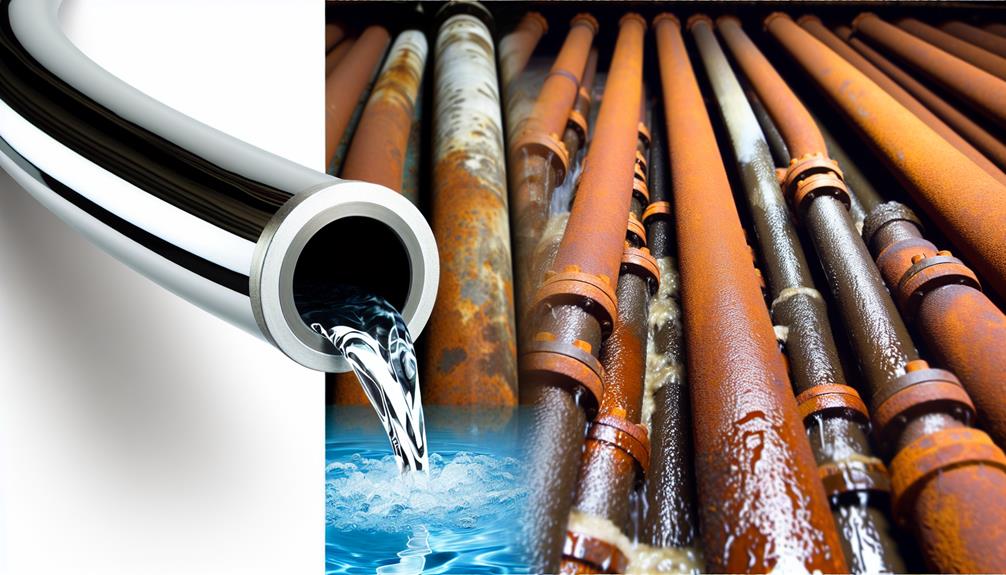
Yes, stainless steel pipes are safe for drinking water because they resist corrosion, don’t leach harmful substances, and meet international potable water standards.
Grade 304 is commonly used for standard water systems, while grade 316 offers better corrosion resistance in high-chloride environments like coastal areas.
With proper installation and maintenance, stainless steel pipes can last 50 years or more without compromising water quality.
Stainless steel forms a protective oxide layer that prevents rust and corrosion, making it highly durable for water applications.
Stainless steel offers superior corrosion resistance, longevity, and hygiene compared to many copper and plastic pipes, especially in challenging water conditions.
So, is stainless steel pipe safe for drinking water? As we’ve explored, the answer is a confident yes. Thanks to its excellent corrosion resistance, hygienic properties, and long service life, stainless steel has become a trusted choice for homes, businesses, and large-scale water supply systems alike. Whether you choose grade 304 for standard conditions or 316 for environments with higher chloride levels, stainless steel pipes help ensure your water remains clean, safe, and great-tasting.
At Vinssco, we’re proud to support safer, more sustainable water systems with our certified stainless steel pipes and fittings. If you’re planning a new project or upgrading an existing system and want to learn more about the best options for your water supply, our team is ready to help.
Contact us today to discover how Vinssco’s stainless steel solutions can keep your drinking water fresh and your piping system worry-free for decades.
